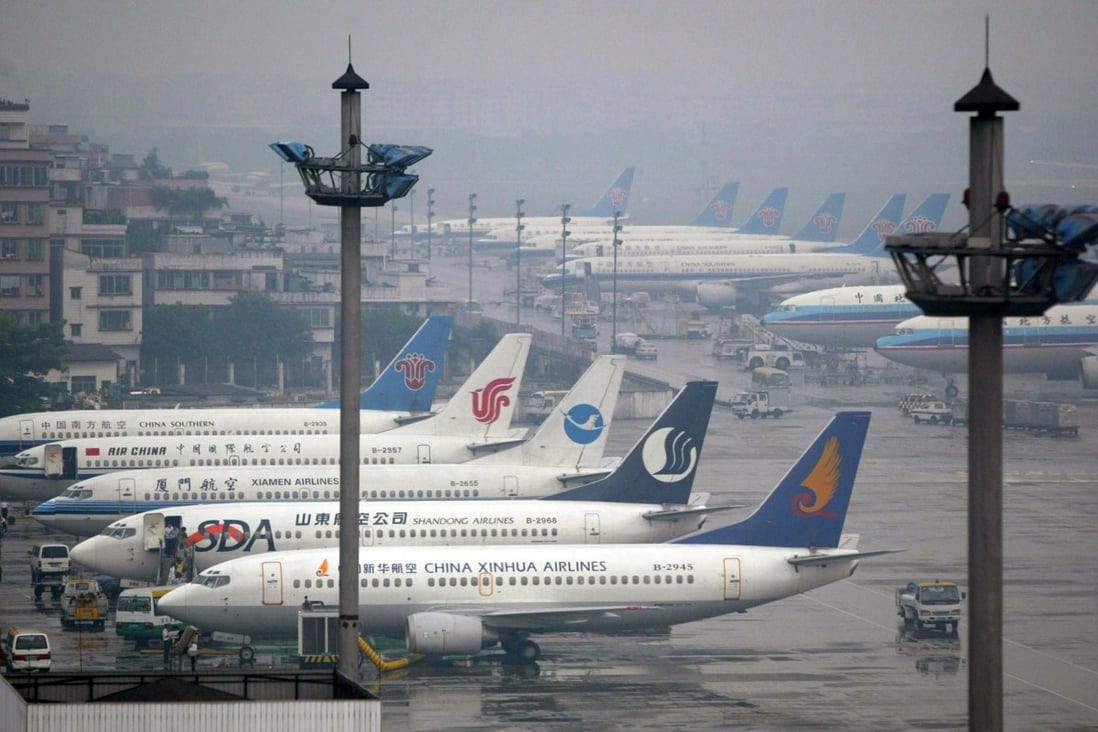
The new airport planned for the Greater Bay Area city of Foshan will boost the region’s global standing in aviation development, but a well-defined strategy is needed to differentiate it from other airfields in the region, analysts said.
The Civil Aviation Administration of China (CAAC) earlier this month officially approved a proposal to build a new airport in Gaoming district of Foshan, the third city in Guangdong province with gross domestic product in excess of 1 trillion yuan (US$153.9 billion) after Guangzhou and Shenzhen.
“The new airport in Foshan will further consolidate and strengthen the importance of Greater Bay Area globally,” said Lei Zheng, founder of Institute for Aviation Research. “It could serve the needs of smaller cities in Guangdong province and boost their economies.”
The CAAC has planned the new airport with the aim of connecting people and easing trade with less developed cities in the western part of Guangdong province, including Zhaoqing, Jiangmen, Zhanjiang, Maoming and Yangjiang.
Construction is scheduled to start next year and the airport is expected to be ready in 2024, according to mainland media reports. The facility will have a capacity of 30 million passengers annually by 2035, rising to 60 million by 2050. It will have a runway capable of landing an Airbus A380, the largest passenger aircraft in service.
The current Foshan Shadi Airport handled 885,000 passengers and 5,700 flights in 2019, according to the most recent data.
The new facility is part of Guangdong province’s 13th five-year plan of building five major airports in the delta area. There are four other mega hubs in Guangzhou, Shenzhen, Zhuhai and Huizhou. It will be sited much farther from Guangzhou Baiyun International Airport, increasing the distance between the two hubs to 95km from 54km currently.
“But the biggest problem is its vague strategy setting,” Lei said. “If it is set to become an air hub, then it will compete with Baiyun airport. Demand for Foshan airport and its flight network will need in-depth study and analysis.”
He added out that China’s well-established network of high-speed railways is also likely to weaken aviation’s role in transport.
The central government has planned the airport to ease the pressure on Guangzhou Baiyun Airport, the largest airport in terms of passenger traffic in the bay area, and remove some barriers for Foshan city to optimise its land use for industrial upgrades.
“From the perspective of air space [usage], the current Foshan airport highly overlaps with Guangzhou airport, that’s the most direct reason why Foshan needs to relocate the airport,” said Qi Qi, an associate professor at Guangzhou Civil Aviation College.
The relocation - similar to Guangzhou airport in the early 2000s - will boost Foshan’s role in the integration and development of industries in western Guangdong and Pearl River Delta, and develop aviation-related industries in the region, Qi added.







